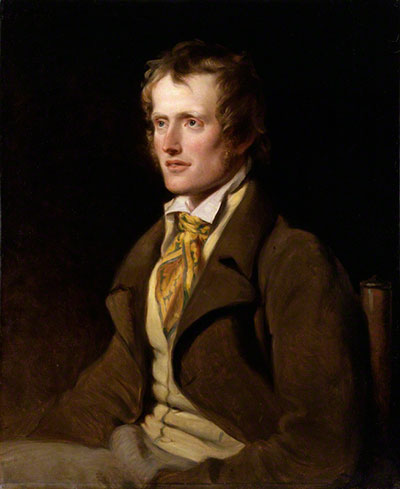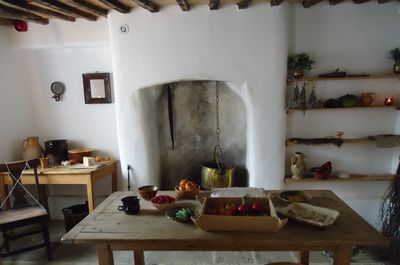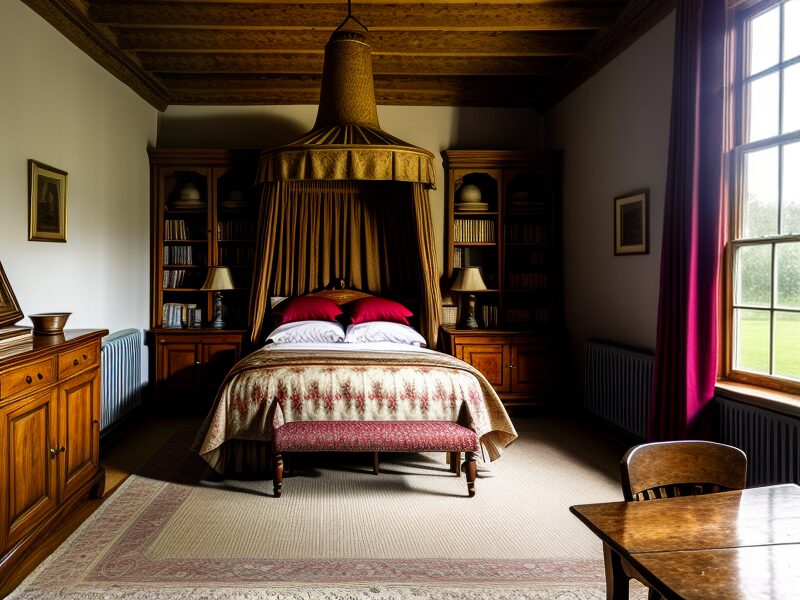
Who was John Clare?
John Clare: The English Poet Who Loved Nature
John Clare was an English poet born on July 13, 1793, in Helpston, a small village in Cambridgeshire, England. He grew up in a poor family, and his early life was shaped by the countryside around him. As a boy, he spent a lot of time walking through fields, forests, and meadows, developing a deep love for nature. This connection to the natural world would become the heart of his poetry.
A Poet of the Countryside
Clare’s poems often describe the beauty of rural life. He wrote about things like wildflowers, animals, and changing seasons, capturing the details of everyday life that many people might overlook. His love for nature was not just about beauty, though—it was also about the way nature was tied to the people living in the countryside. He often wrote about working-class life and the struggles of poor farmers, bringing attention to the lives of those who were often forgotten.
The Impact of Land Enclosures
During Clare’s lifetime, England was going through a period of great change. One of the most significant changes was the process of land enclosures, which took place from the late 18th century into the 19th century. Before enclosures, land was often shared by communities, allowing people to farm, graze animals, and gather firewood from common lands. However, landowners began to close off these shared lands, turning them into private property.
As common lands were fenced off and taken away, many of the places Clare loved to explore as a child were lost. The changes in the landscape deeply affected him, and his poetry began to reflect his feelings of loss. In his poems, he often mourns the disappearance of old paths, fields, and wildlife that had been part of his world. The enclosures not only changed the land, but also the lives of the people who lived on it, pushing many into poverty and forcing them to adapt to a new, harsher way of life.
Struggles and Recognition
Clare struggled with poverty throughout his life, and his early success as a poet was followed by years of hardship. As the enclosures and industrialization began to reshape rural England, Clare found himself increasingly disconnected from the land he had loved. His mental health also began to suffer, and he was eventually admitted to a mental asylum, where he spent the last years of his life.
Legacy
John Clare may not have been widely known during his lifetime, but today he is considered one of the most important poets of the 19th century. His poems continue to inspire readers and scholars, particularly for their poignant reflections on the loss of rural landscapes and the impact of the land enclosures on ordinary people. Clare’s work reminds us to appreciate the beauty of nature and to listen to the voices of those who have been affected by change.

Key Milestones in Clare's History

'1793
John Clare's Birth
John Clare was born on 13 July 1793 in the cottage, marking the beginning of a life intertwined with the natural beauty of the English countryside. His twin sister Bessy died in infancy.

'1820
First Published Works
Poems Descriptive of Rural Life and Scenery was published by Taylor and Hessey. 1,000 copies of first edition; four editions that year. Clare’s poetry gained recognition, capturing the essence of rural life and the changing landscapes of his beloved home.
1835 – The Rural Muse, Clare’s last book, published.

'1837
Clare Suffers with Mental Health Issues
1837 – Admitted to High Beach Asylum, Epping Forest, suffering from delusions.
1841 – (July) leaves High Beech and walks 80 miles home to Northborough, surviving by “eating the grass by the roadside”. In December he is admitted to Northampton General Lunatic Asylum and remains there for his last 23 years.

'2007
Museum Opens to Public
Clare’s cottage put up for sale and the John Clare Trust was formed by Paul Chirico and Barry Sheerman and completes purchase of Clare’s cottage.
The John Clare Trust awarded £1.27m by the Heritage Lottery Fund
The cottage was opened as a museum, inviting visitors to delve into the life and legacy of John Clare, surrounded by the beauty he so cherished.
What Our Visitors Say
“Visiting John Clare Cottage was a truly enchanting experience. The exhibits were beautifully curated, and I felt a deep connection to Clare’s poetry as I walked through the museum. The gardens were a highlight, offering a peaceful retreat that perfectly captured the essence of Clare’s work.”
“A wonderful place to spend the day with family. The kids loved the interactive displays, and we all enjoyed learning about John Clare’s life and legacy. The staff were friendly and knowledgeable, making our visit even more enjoyable.”
“The gardens at John Clare Cottage are simply breathtaking. It’s like stepping back in time to a world where nature and poetry intertwine. I left feeling inspired and with a newfound appreciation for Clare’s work.”
“An absolute gem of a museum! The exhibits offer a fascinating insight into John Clare’s life, and the attention to detail in the restoration of the cottage is impressive. Highly recommend a visit to anyone interested in history and literature.”
“John Clare Cottage is a must-visit for poetry lovers. The combination of historical exhibits and beautiful gardens makes it a unique and memorable experience. I can’t wait to return!”
Plan Your Visit to John Clare Cottage
Discover the charm and history of John Clare Cottage. Immerse yourself in the world of the renowned poet and explore the beautifully restored rooms, captivating museum exhibits, and enchanting gardens. Plan your visit today and experience the tranquility and inspiration that once surrounded John Clare. Click below to start your journey.
